1970-1986
1015-1299 ccm
40-48 kW
2.5 Mill Ex.
Design: Robert Opron
Nach dem Ende des “Projet F” im April 1967, der ersten Mittelklasse-Studie nach Einführung des DS, wendet sich Citroën unter der Regie von Robert Opron einem neuen Konzept zu: dem GS (”Grande Série”, große Modellreihe).
Der luftgekühlte Vierzylinder-Boxermotor ist vom “Projet F” übernommen und neu konstruiert. Er hat zwei mit je einem Zahnriemen angetriebene, obenliegende Nockenwellen, die die Ventile über Kipphebel betätigten. Angeboten wird er zunächst mit 1015 cm³ Hubraum und 54 PS (40 kW) bei 6500/min und einem maximalen Drehmoment von 72 Nm bei 3500/min, später auch mit 1129 cm³ und 55 PS (40 kW), 1220 cm³ mit 58 PS (43 kW) und 63 PS (46 kW) (6CV).
Aus dem DS abgeleitet ist in vereinfachter Form die hydropneumatische Federung. Die für die Zeit ungewöhnlich stromlinienförmige Karosserie ermöglicht einen geringen Verbrauch und eine überdurchschnittlich hohe Geschwindigkeit. Die trotz Luftkühlung und hoher Drehzahlen recht leisen Motoren und der große Innenraum machen ihn zu einem komfortablen Auto. Im Jahr seines Erscheinens wird er auch deshalb zum “Auto des Jahres 1970”. Noch Jahre später nennt ihn die Frankfurter Allgemeine Zeitung “den französischen Golf.”
1975 werden auch zwei sportlichere Varianten des GS – GSX und GSX2 – lanciert. Diese haben eine sportlich veränderte, kürzere Getriebeabstufung, der GSX zunächst mit einer 1-Liter-Motorisierung (ab 1978:1.1Liter), der GSX2 als 1.2-Liter mit 5 PS mehr. Im September 1979 wird das Fahrzeug innen wie außen gründlich überarbeitet und fortan als GSA (A=“Athlète”) verkauft.
Die Fertigung endet 1986.
Produzierte Stückzahl:
GS & GSA: 2.439.763 Fahrzeuge,
sowie 847 GS Birotor mit Wankelmotor.
Après la fin du “Projet F” en avril 1967, la première étude de classe moyenne après le lancement de la DS, Citroën se tourne vers un nouveau concept sous la direction de Robert Opron: la GS (“Grande Série”).
Le moteur boxer quatre cylindres refroidi par air est repris du “Projet F” et de conception nouvelle. Il possède deux arbres à cames en tête entraînés chacun par une courroie crantée et dont les soupapes sont actionnées par des culbuteurs. Il est d’abord proposé avec une cylindrée de 1015 cm³ et 54 ch (40 kW) à 6500/min et un couple maximal de 72 Nm à 3500/min, puis plus tard avec 1129 cm³ et 55 ch (40 kW), 1220 cm³ avec 58 ch (43 kW) et 63 ch (46 kW) (6CV).
La suspension hydropneumatique est dérivée de la DS sous une forme simplifiée. La carrosserie aérodynamique, inhabituelle pour l’époque, permet une faible consommation et une vitesse supérieure à la moyenne. Son moteur plutôt silencieux, malgré le refroidissement par air et les régimes élevés, et son grand habitacle en font une voiture confortable. L’année de sa sortie, c’est aussi pour cette raison qu’elle est élue “voiture de l’année 1970”. Des années plus tard, le journal allemand “Frankfurter Allgemeine Zeitung” la surnomme encore “la VW Golf française”.
En 1975, deux variantes plus sportives de la GS – GSX et GSX2 – sont également lancées. La GSX est d’abord équipée d’un moteur d’un litre (à partir de 1978 : 1.1 litre), la GSX2 d’un moteur de 1.2 litre avec 5 ch de plus. En septembre 1979, le véhicule est profondément remanié à l’intérieur comme à l’extérieur et est désormais vendu sous le nom de GSA (A=”Athlète”).
La production s’arrête en 1986.
Nombre d’unités produites :
GS & GSA: 2.439.763 véhicules
et 847 GS Birotor avec moteur Wankel.
After the end of the “Projet F” in April 1967, the first mid-size study after the introduction of the DS, Citroën turned to a new concept under the direction of Robert Opron: the GS (“Grande Série”, large model series).
The air-cooled four-cylinder boxer engine was taken from the “Projet F” and got redesigned. It has two overhead camshafts, each driven by a toothed belt, which actuate the valves via rocker arms. It was initially offered with 1015 cc displacement and 54 hp (40 kW) at 6500 rpm and a maximum torque of 72 Nm at 3500 rpm, later also with 1129 cc and 55 hp (40 kW), 1220 cc with 58 hp (43 kW) and 63 hp (46 kW) (6CV).
Derived from the DS yet in simplified form is the hydropneumatic suspension. The streamlined bodywork, unusual for the time, enabled low fuel consumption and above-average speed. The engines, which are quite quiet despite air cooling and high engine speeds, and the large interior make it a comfortable car. In the year of its release, this was one of the reasons why it was named “Car of the Year 1970”. Years later, the German newspaper “Frankfurter Allgemeine Zeitung” still calls it “the French Golf.”
1975 also sees the launch of two sportier variants of the GS – GSX and GSX2. These have a sportily modified, shorter gear ratio, the GSX initially with a 1-liter engine (from 1978:1.1Liter), the GSX2 as a 1.2-liter with 5 hp more. In September 1979, the car is thoroughly redesigned inside and out and henceforth sold as the GSA (A=”Athlète”, athletic).
Production ends in 1986.
Number of units produced:
GS & GSA: 2,439,763 cars,
and 847 GS Birotor with Wankel engine.
1970-1986
1015-1299 ccm
40-48 kW
2.5 Mill Ex.
Design: Robert Opron
(english text below, en français au-dessous)
Nach dem Ende des “Projet F” im April 1967, der ersten Mittelklasse-Studie nach Einführung des DS, wendet sich Citroën unter der Regie von Robert Opron einem neuen Konzept zu: dem GS (”Grande Série”, große Modellreihe).
Der luftgekühlte Vierzylinder-Boxermotor ist vom “Projet F” übernommen und neu konstruiert. Er hat zwei mit je einem Zahnriemen angetriebene, obenliegende Nockenwellen, die die Ventile über Kipphebel betätigten. Angeboten wird er zunächst mit 1015 cm³ Hubraum und 54 PS (40 kW) bei 6500/min und einem maximalen Drehmoment von 72 Nm bei 3500/min, später auch mit 1129 cm³ und 55 PS (40 kW), 1220 cm³ mit 58 PS (43 kW) und 63 PS (46 kW) (6CV).
Aus dem DS abgeleitet ist in vereinfachter Form die hydropneumatische Federung. Die für die Zeit ungewöhnlich stromlinienförmige Karosserie ermöglicht einen geringen Verbrauch und eine überdurchschnittlich hohe Geschwindigkeit. Die trotz Luftkühlung und hoher Drehzahlen recht leisen Motoren und der große Innenraum machen ihn zu einem komfortablen Auto. Im Jahr seines Erscheinens wird er auch deshalb zum “Auto des Jahres 1970”. Noch Jahre später nennt ihn die Frankfurter Allgemeine Zeitung “den französischen Golf.”
1975 werden auch zwei sportlichere Varianten des GS – GSX und GSX2 – lanciert. Diese haben eine sportlich veränderte, kürzere Getriebeabstufung, der GSX zunächst mit einer 1-Liter-Motorisierung (ab 1978:1.1Liter), der GSX2 als 1.2-Liter mit 5 PS mehr. Im September 1979 wird das Fahrzeug innen wie außen gründlich überarbeitet und fortan als GSA (A=“Athlète”) verkauft.
Die Fertigung endet 1986.
Produzierte Stückzahl:
GS & GSA: 2.439.763 Fahrzeuge,
sowie 847 GS Birotor mit Wankelmotor.
Après la fin du “Projet F” en avril 1967, la première étude de classe moyenne après le lancement de la DS, Citroën se tourne vers un nouveau concept sous la direction de Robert Opron: la GS (“Grande Série”).
Le moteur boxer quatre cylindres refroidi par air est repris du “Projet F” et de conception nouvelle. Il possède deux arbres à cames en tête entraînés chacun par une courroie crantée et dont les soupapes sont actionnées par des culbuteurs. Il est d’abord proposé avec une cylindrée de 1015 cm³ et 54 ch (40 kW) à 6500/min et un couple maximal de 72 Nm à 3500/min, puis plus tard avec 1129 cm³ et 55 ch (40 kW), 1220 cm³ avec 58 ch (43 kW) et 63 ch (46 kW) (6CV).
La suspension hydropneumatique est dérivée de la DS sous une forme simplifiée. La carrosserie aérodynamique, inhabituelle pour l’époque, permet une faible consommation et une vitesse supérieure à la moyenne. Son moteur plutôt silencieux, malgré le refroidissement par air et les régimes élevés, et son grand habitacle en font une voiture confortable. L’année de sa sortie, c’est aussi pour cette raison qu’elle est élue “voiture de l’année 1970”. Des années plus tard, le journal allemand “Frankfurter Allgemeine Zeitung” la surnomme encore “la VW Golf française”.
En 1975, deux variantes plus sportives de la GS – GSX et GSX2 – sont également lancées. La GSX est d’abord équipée d’un moteur d’un litre (à partir de 1978 : 1.1 litre), la GSX2 d’un moteur de 1.2 litre avec 5 ch de plus. En septembre 1979, le véhicule est profondément remanié à l’intérieur comme à l’extérieur et est désormais vendu sous le nom de GSA (A=”Athlète”).
La production s’arrête en 1986.
Nombre d’unités produites :
GS & GSA: 2.439.763 véhicules
et 847 GS Birotor avec moteur Wankel.
After the end of the “Projet F” in April 1967, the first mid-size study after the introduction of the DS, Citroën turned to a new concept under the direction of Robert Opron: the GS (“Grande Série”, large model series).
The air-cooled four-cylinder boxer engine was taken from the “Projet F” and got redesigned. It has two overhead camshafts, each driven by a toothed belt, which actuate the valves via rocker arms. It was initially offered with 1015 cc displacement and 54 hp (40 kW) at 6500 rpm and a maximum torque of 72 Nm at 3500 rpm, later also with 1129 cc and 55 hp (40 kW), 1220 cc with 58 hp (43 kW) and 63 hp (46 kW) (6CV).
Derived from the DS yet in simplified form is the hydropneumatic suspension. The streamlined bodywork, unusual for the time, enabled low fuel consumption and above-average speed. The engines, which are quite quiet despite air cooling and high engine speeds, and the large interior make it a comfortable car. In the year of its release, this was one of the reasons why it was named “Car of the Year 1970”. Years later, the German newspaper “Frankfurter Allgemeine Zeitung” still calls it “the French Golf.”
1975 also sees the launch of two sportier variants of the GS – GSX and GSX2. These have a sportily modified, shorter gear ratio, the GSX initially with a 1-liter engine (from 1978:1.1Liter), the GSX2 as a 1.2-liter with 5 hp more. In September 1979, the car is thoroughly redesigned inside and out and henceforth sold as the GSA (A=”Athlète”, athletic).
Production ends in 1986.
Number of units produced:
GS & GSA: 2,439,763 cars,
and 847 GS Birotor with Wankel engine.

Citroën GS
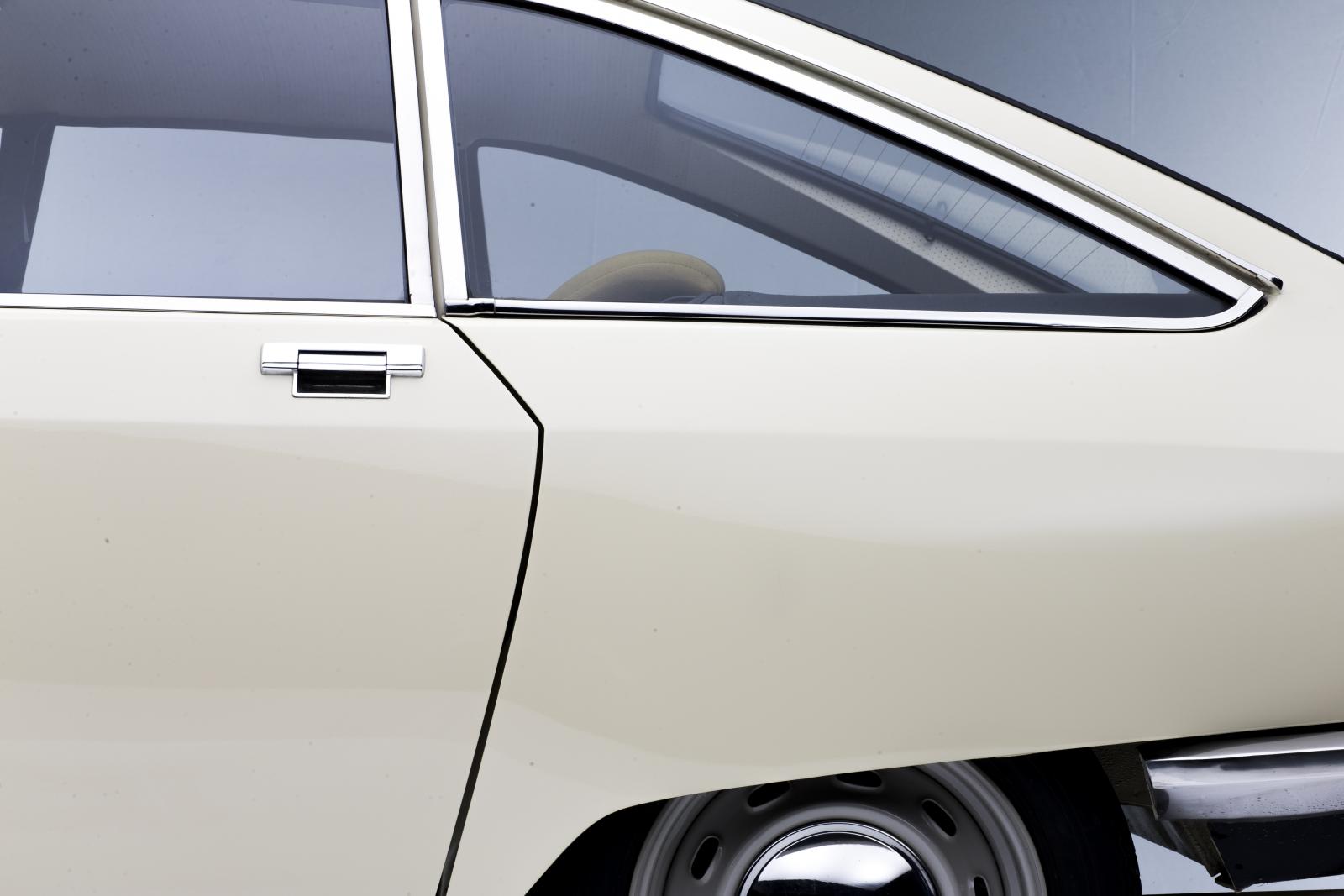
Citroën GS
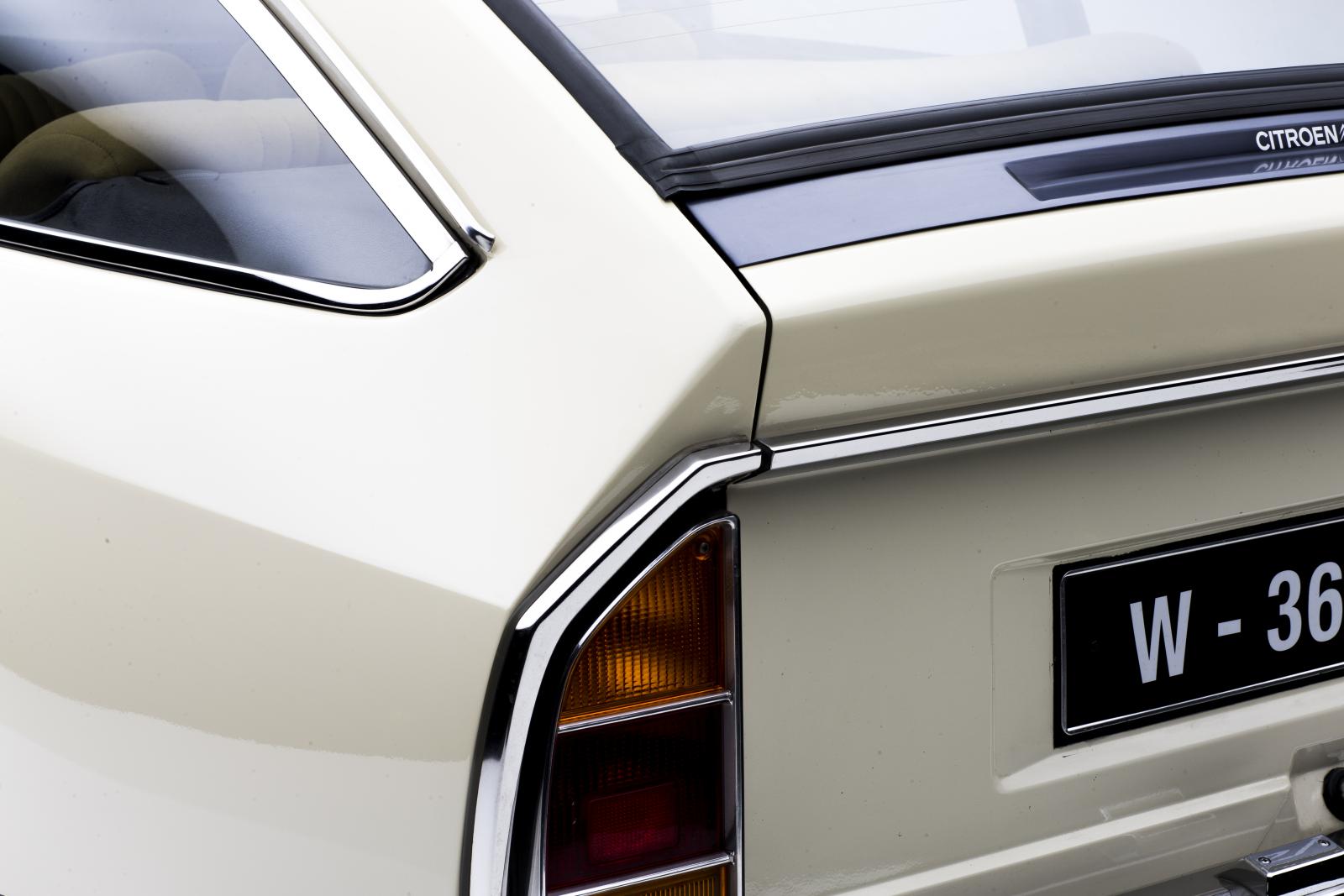
Citroën GS
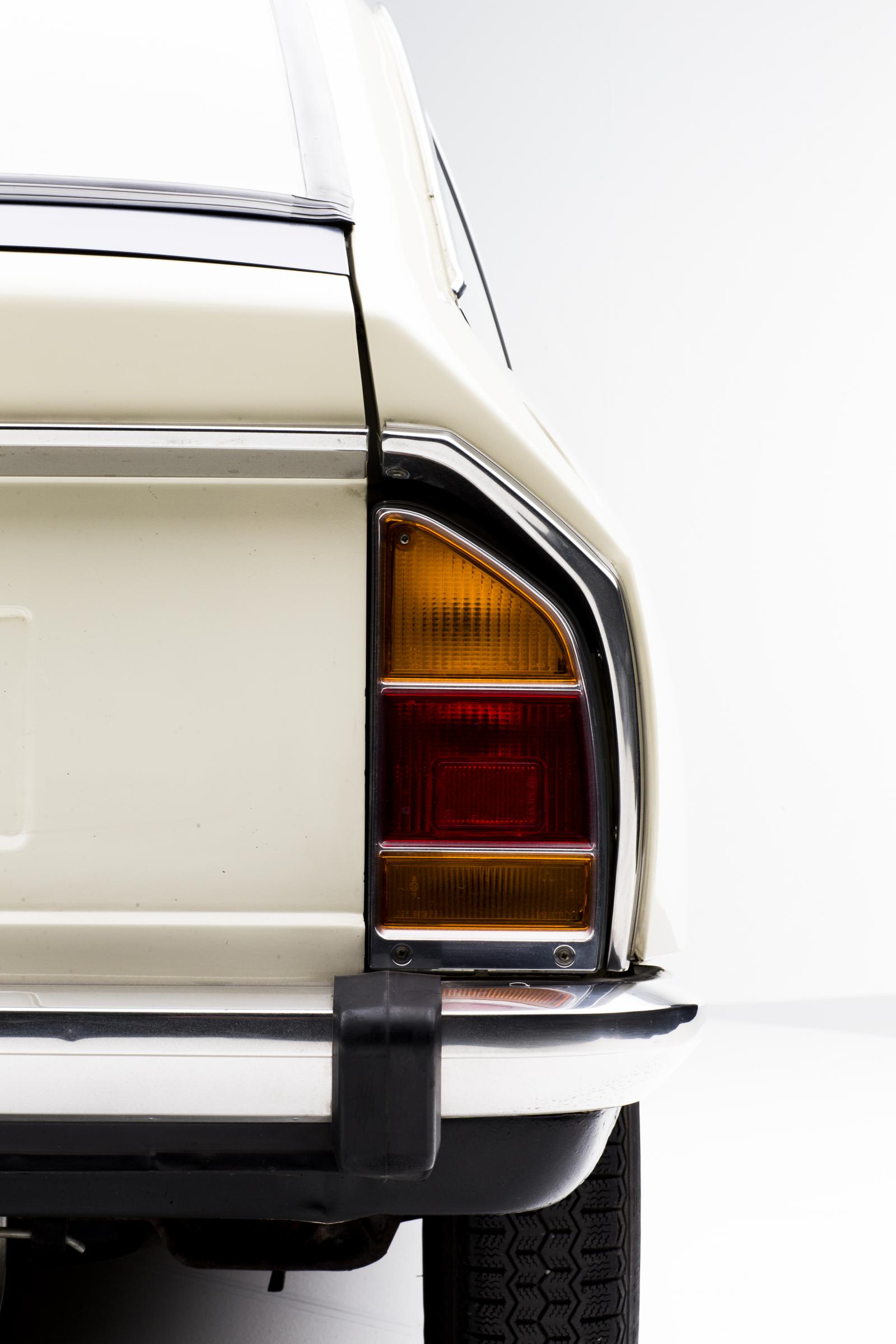
Citroën GS
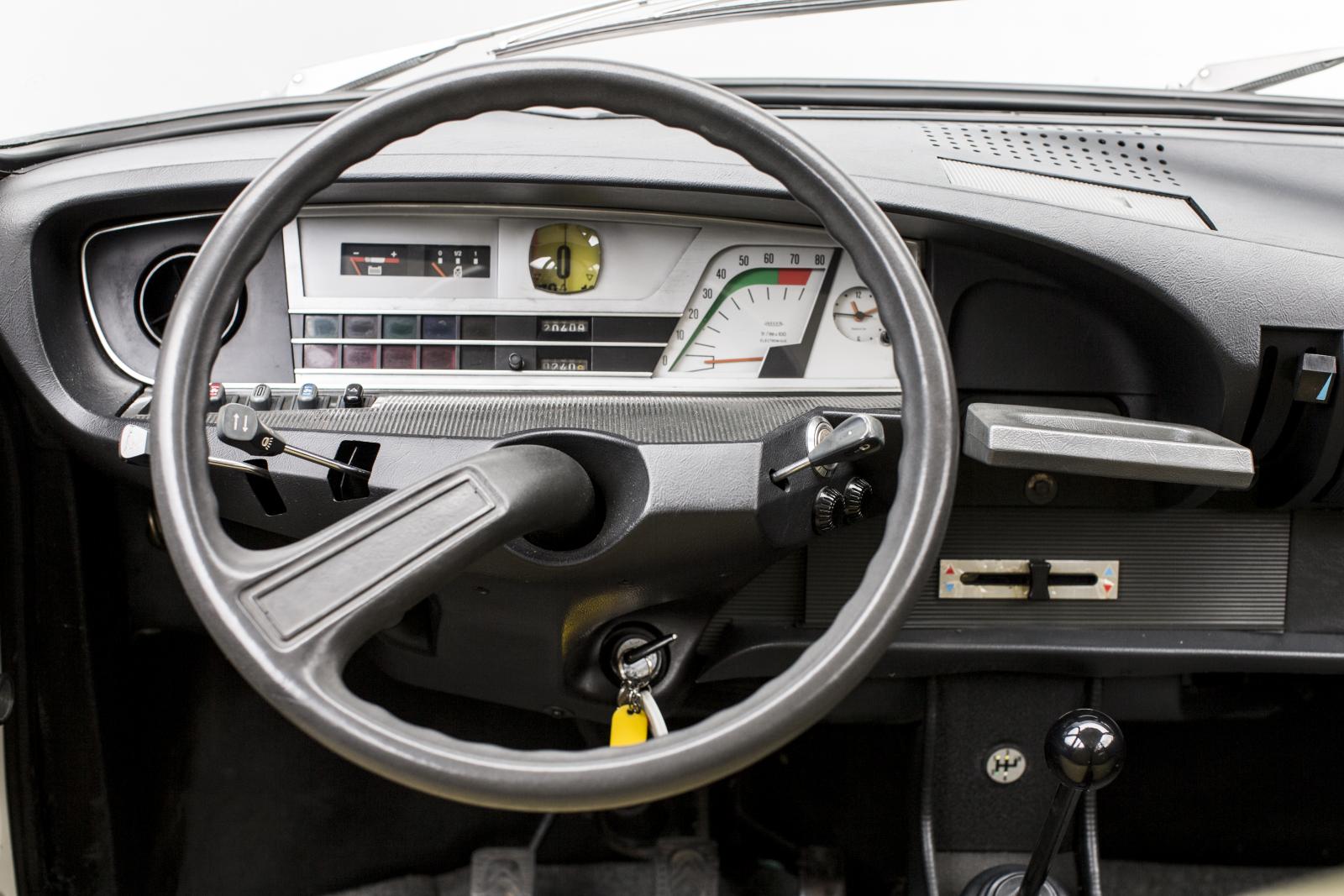
Citroën GS
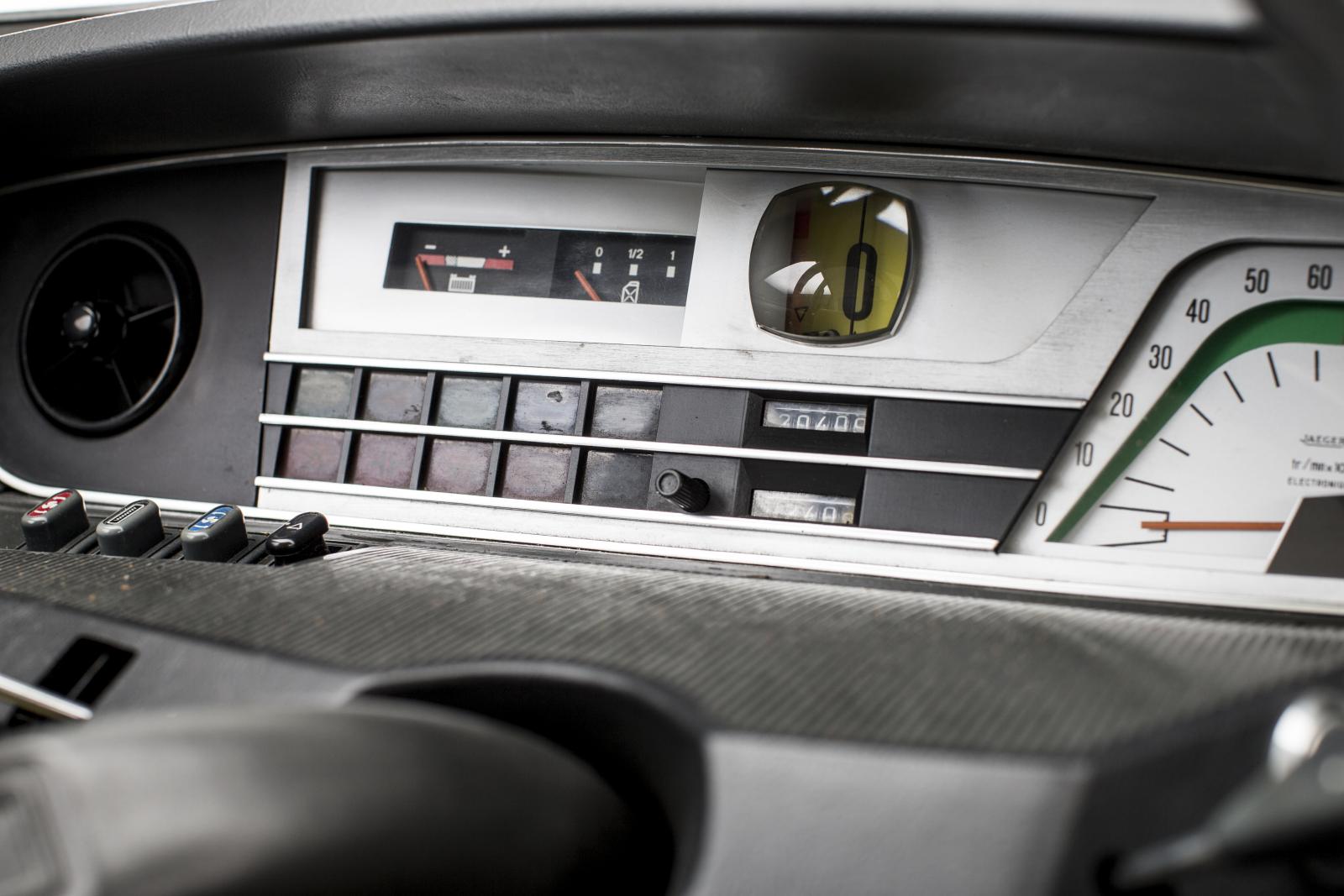
Citroën GS

Citroën GS

Citroën GS
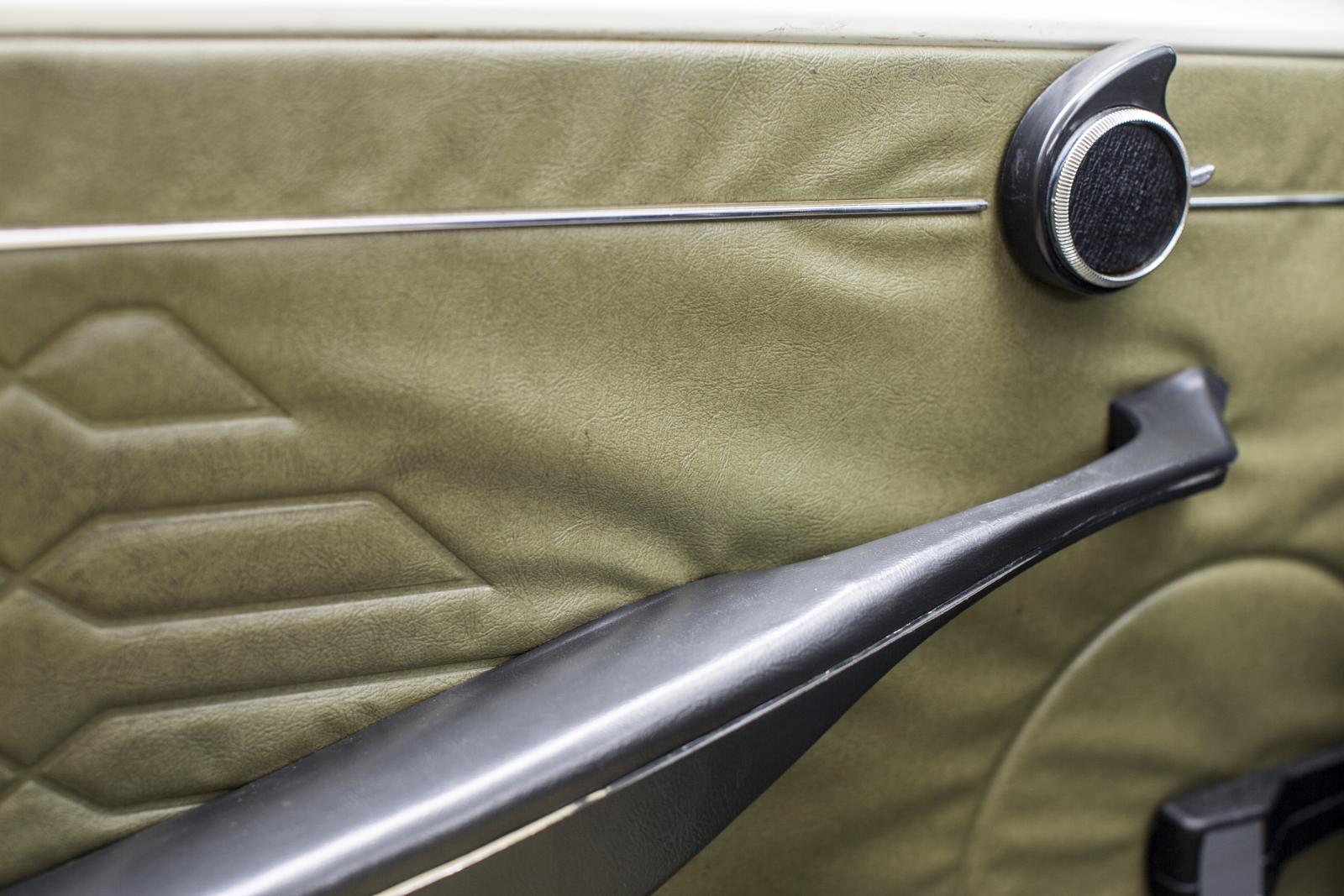
Citroën GS
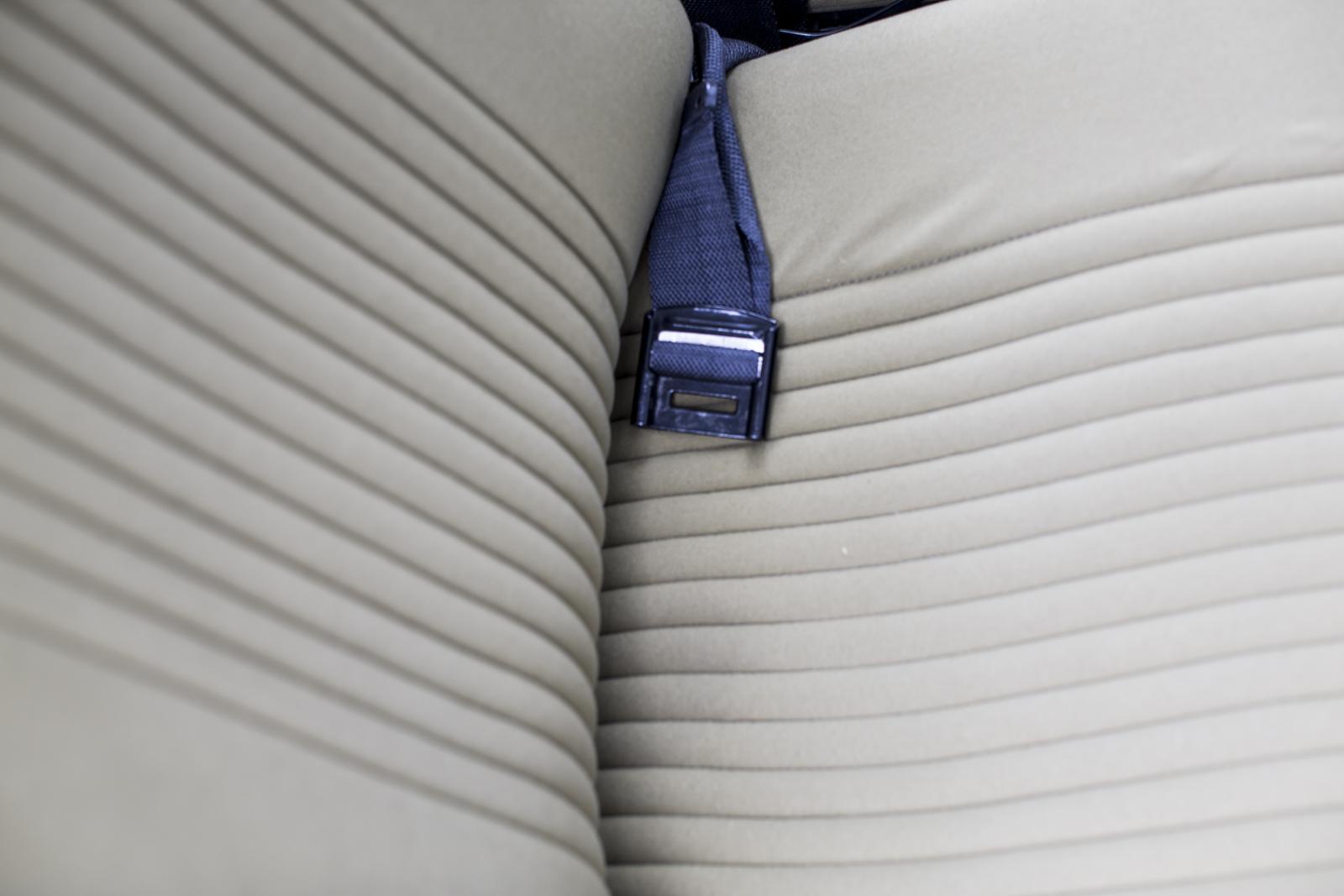
Citroën GS
Photos: Citroën Presse
